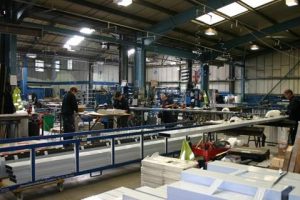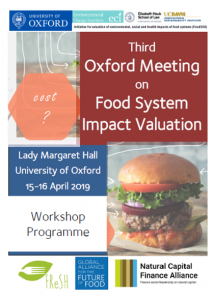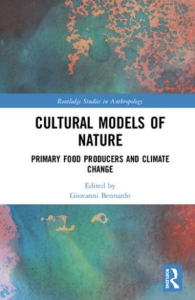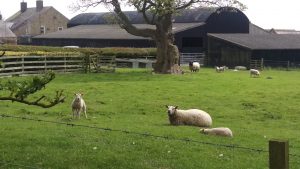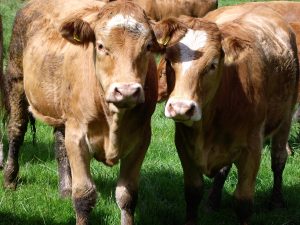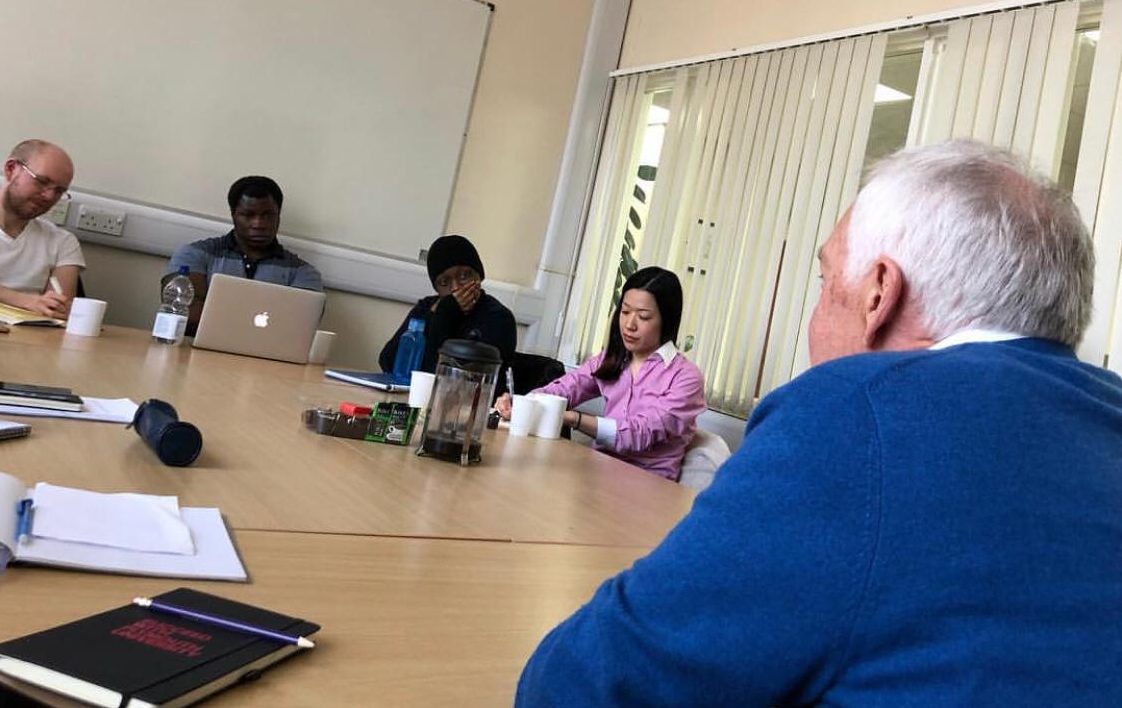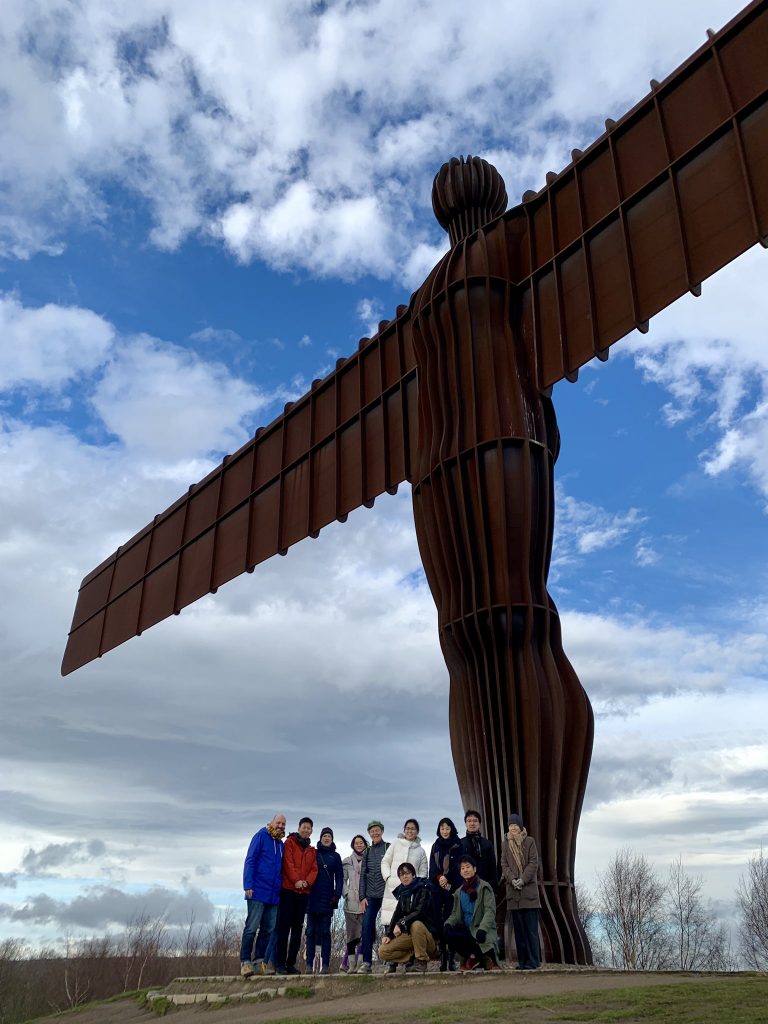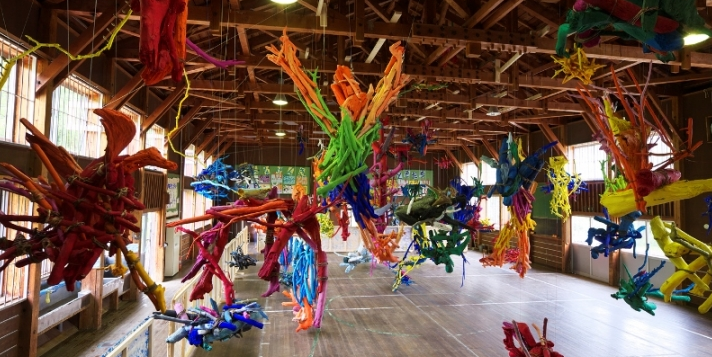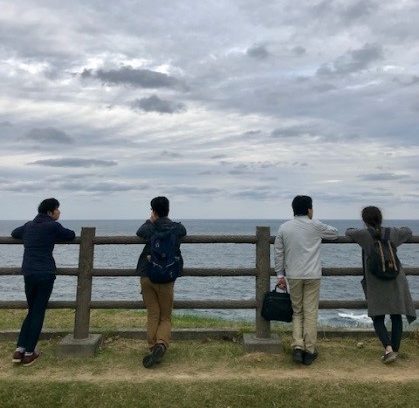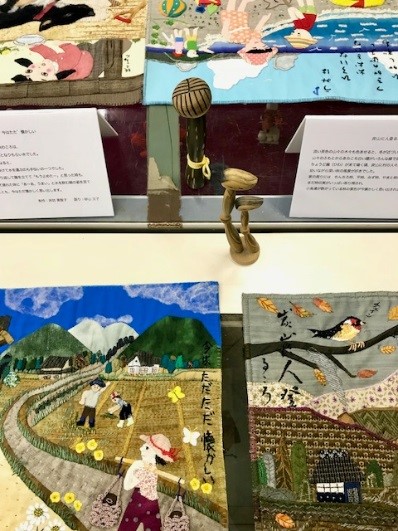In the latest CRE blog senior lecturer Menelaos Gkartzios reflects on his visit to the Venice Art Biennale.
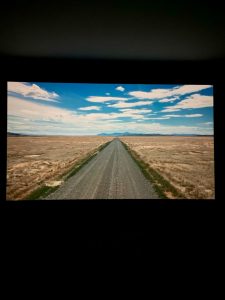
From ‘SaF05’, Charlotte Prodger, Scotland + Venice partnership
The vaporetto from the airport to Venice was noticeably slow, and I swear the quality of water had been improved drastically. I decided that ‘slow transport’ was part of a strategy that sought minimum interruption in a city that was sinking – literally and metaphorically. In the middle of August, of all times, I had come to attend the Venice Art Biennale – for the first time. Artistic practice represents a new avenue of research for me, following the research network in Japan on art and rural development, the CRE Artist-in-Residence programme and the newly advertised rural Artist Residencies at Visual Arts in Rural Communities, as well as the upcoming Special Section in Sociologia Ruralis on ‘Doing Art in the Country’.
I wasn’t necessarily looking for the function or the meaning of the artworks, and the director’s introduction reassured me that there was no need to. I saw the artworks as a critique, an exploration of a particular topic, a research approach, and sometimes as nothing to ponder on. I arrived wondering where and how ‘the rural’ is positioned at the festival, obviously not as a space for exhibiting works of art, but as a field of knowledge that artists are engaging with: what questions of rurality (if any) are explored through contemporary visual arts? I approached the festival as if I was walking around a park. In fact, part of the festival takes place at the Venice Giardini, The Gardens. Years ago, a Dublin-based artist had advised me against seeing everything in an art exhibition. ‘Imagine you are in a park’. Some flowers, he continued, might take your fancy; you might even get closer to smell some, while others you will ignore. Handy advice I thought to myself when you are dealing with so much work: two art presentations offered as ‘propositions’ (one in the Giardini and one at the Arsenale), national pavilions and a series of other parallel exhibitions throughout the city. So I strolled at the park. Slowly and many times.
I came of course with my own rural preoccupations. Rurality had found its way to the festival, although not necessarily in explicit terms. Drawing here on the national representation entries (i.e. the pavilions) for example, there were questions of rurality in Charlotte Prodger’s intimate confessions about her queer identity growing up in ‘the village’ in rural Scotland. There were representations of rurality in the numerous landscapes that were used to depict Ghana’s natural resources and people in the moving (moving) images of John Akomfrah. Or in the video footage of tsunami rocks (presented as ‘cosmo-eggs’) washed out from the ocean and the multiple meanings these have for coastal communities much damaged in the 2011 earthquake in Japan – an entry that was fascinating to me because of its interdisciplinary work across ethnography, art, music and architecture. There were artworks about indigenous rural communities, for example the Inuit people and the forced relocation they were subjected to at the Canadian pavilion by artist collective Isuma. And there were more.
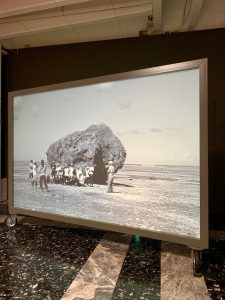
From ‘Cosmo-eggs’, Motoyuki Shitamichi, Japanese pavilion
Of course, to see the art festival solely through the rural lens is to reduce it. The trend of engaging critically with ‘the rural’ was there, although this could be easily missed were you not looking for it. Following the curator’s introduction, social critiques were abundant at the festival, and these seemed in line with ongoing discussions in social sciences about decolonising the academy and the art world, racial struggles and white hegemony, transgender rights, climate change, migration, poverty and the growth of ultra-right politics. Some artworks were extremely powerful in addressing these in a profound way, and if you ever have a chance to watch Arthur Jafa’s acclaimed video ‘The White Album’ please do, as anything I might try to write here about it seems too little.
As in any festival, it was the social element that makes it. The ‘art crowd’ as it is derogatively called sometimes, was friendly and engaging, and I met many people attending the festival, including fellow social scientists from across the world. ‘The rural?’ some would ask in puzzlement. Despite the posters everywhere in the city about the Biennale, many tourists didn’t know about it. It doesn’t matter, Venice is a sort of an art festival on its own, I thought. Still, the festival and its venues took me to places I wouldn’t normally go, and there were enough scattered exhibitions around the city to give you an adventure. Enough to see Venice in a different way, with washing lines hanging outdoors, kids playing on the backstreets and empty traditional cafes. All slow, walking in the city – all slow as the rural is sometimes, mistakenly, typified to be.

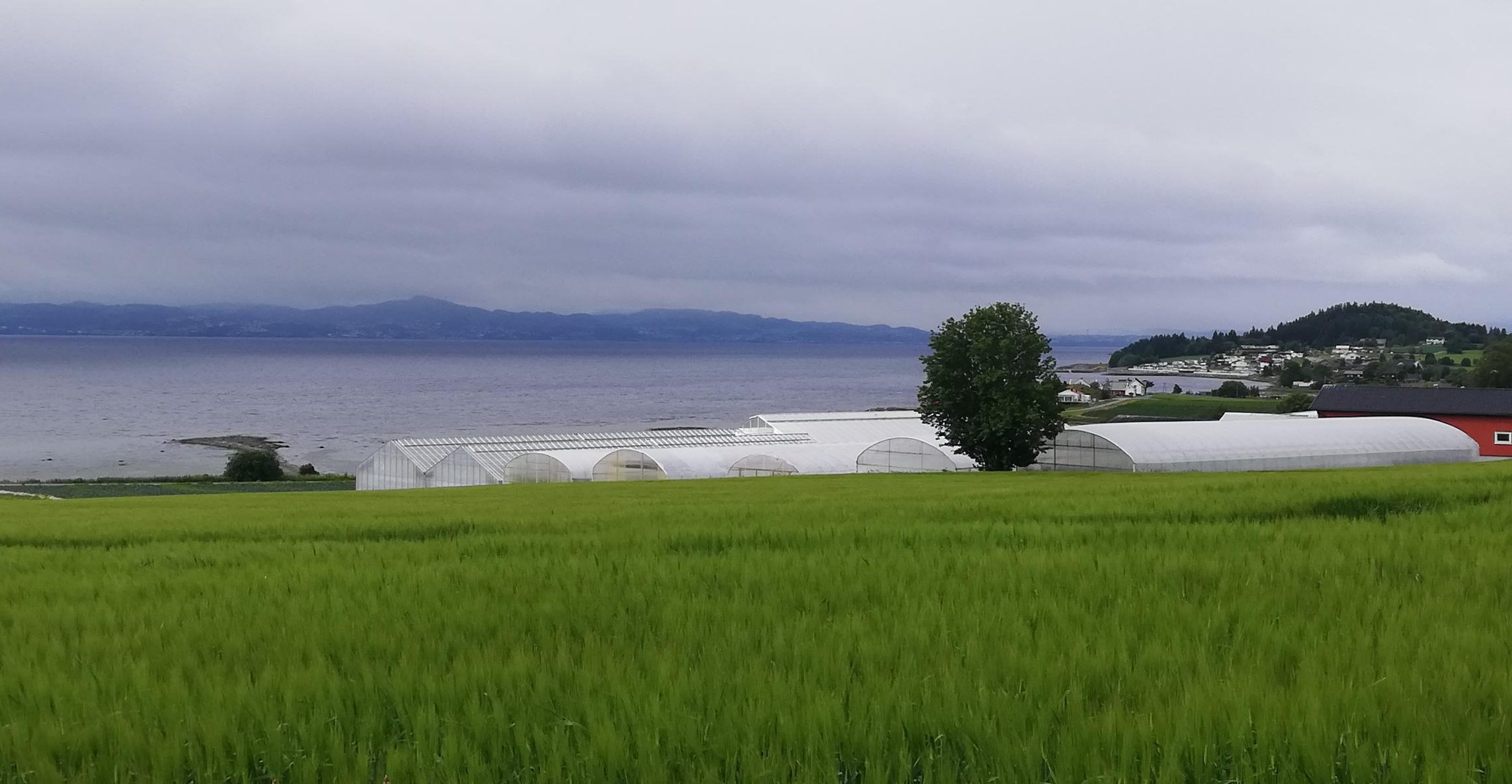
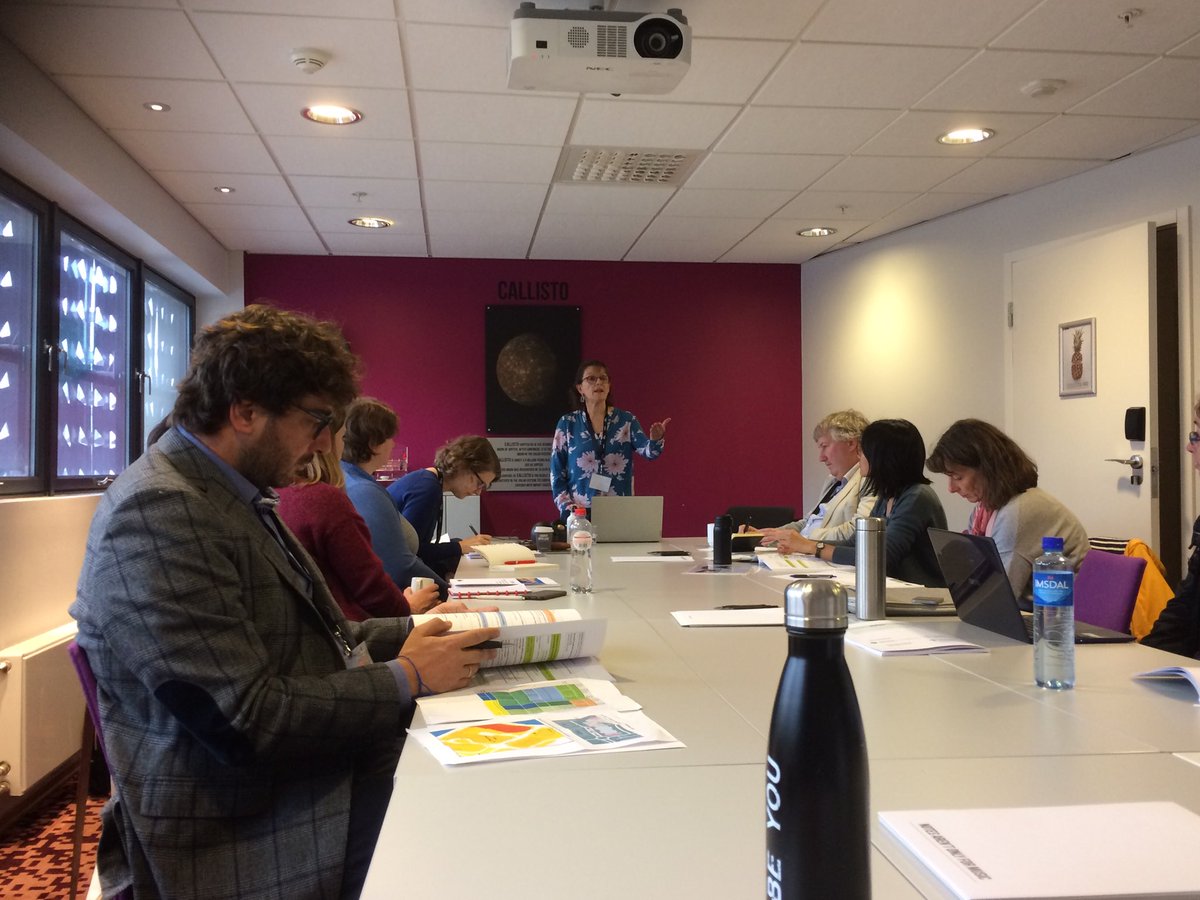 First off, Mike Woods reminded us that artists and rural sociologists share an inquisitiveness about the rural, an interest in differing rural narratives and an orientation toward working with communities to enact change. He argued that rural sociologists and artists could be seen to embrace an action research practice. This is exemplified by the artists’ residency programme run by the Centre for Rural Economy, in collaboration with Berwick Visual Arts in Northumberland, North East England and Newcastle University’s Institute for Creative Arts Practice. Work by artist
First off, Mike Woods reminded us that artists and rural sociologists share an inquisitiveness about the rural, an interest in differing rural narratives and an orientation toward working with communities to enact change. He argued that rural sociologists and artists could be seen to embrace an action research practice. This is exemplified by the artists’ residency programme run by the Centre for Rural Economy, in collaboration with Berwick Visual Arts in Northumberland, North East England and Newcastle University’s Institute for Creative Arts Practice. Work by artist 